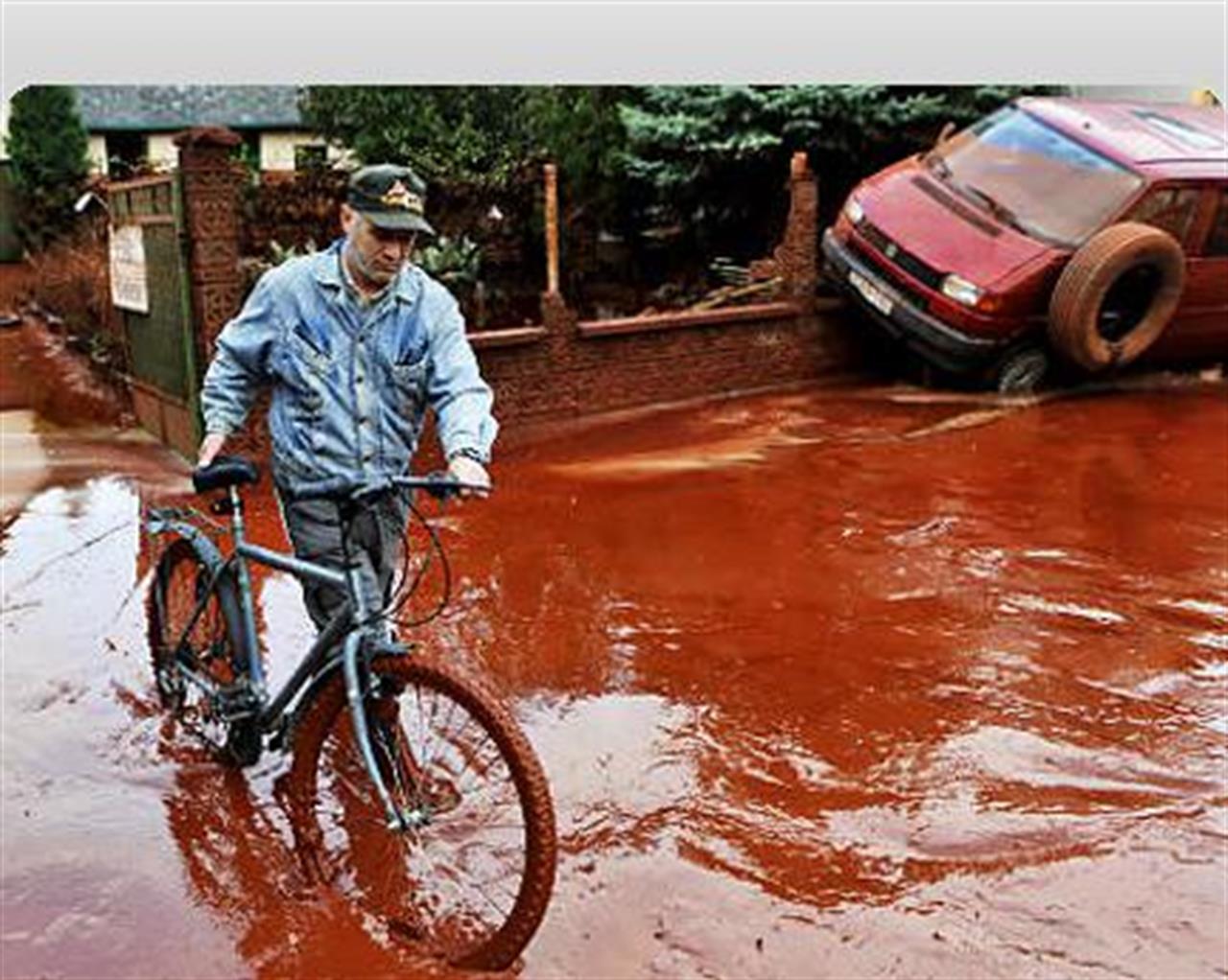Sostenibilità
Disaster far from over
Environmental groups say the government and the private sector must take the environment more seriously

On October 4, the dyke of a reservoir containing red mud at an alumina plant near to Ajka, Hungary, broke releasing over one million cubic meters of poisonous chemical sludge. The mud inundated three villages killing eight people and injuring over one hundred.
Was this disaster preventable? The Hungarian government is under fire from the Clean Air Action Group, a Hungarian environmental organisation, for not heeding numerous warnings that the MLA alumina plant posed a huge risk to the environment. In 2003, the environmental group sent a report to the government outlining its concerns and urging it to invest in a storage and neutralisation programme for the waste.
“We warned the government in 2003 and then every year afterwards but we never received a response from them,” says Gergely Simon of the Clean Air Action Group.
Activists say that they want to see the government and the private sector take the environment more seriously. This means tougher regulation, stricter enforcement and genuine engagement with civil society.
“Until something like this happens, no one listens to us,” says Renata Kiss , Vice-President of Csalan, another Hungarian environmental organisation.
Relief efforts
Although environmentalists have been complaining that they can not do much without more information about the composition of the mud, they have joined the relief effort and are collecting donations to provide the local population and cleanup workers with protective gear – rubber boots, gloves, goggles and masks.
Experts agree that the full extent of the environmental damage and the long-term impact of the toxic red mud is still unknown.
Relief workers complain that it has been a challenge to get accurate information about the true danger of the mud.
“We are concerned, because over a week has past since the disaster and we still don’t know the complete composition of the mud,” says Simon. “A big challenge for relief workers is getting the right information…If we don’t have the right information we can’t react,” says Kiss.
MAL Rt, the Hungarian Alumina Production and Trade Company, the owners of the plant, initially said the sludge, a residue produced during the refining of bauxite, was “non- hazardous” and in accordance with EU standards.
Greenpeace sent a team of toxicologists to the site and on October 8 announced that the mud contained a highly toxic mixture of heavy metals such as, arsenic, mercury and chrome.
Relief workers have been dumping large quantities of gypsum and acetic acid in the affected waterways to reduce their alkalinity level. The government has announced that thanks to these efforts the PH levels in rivers like the Danube are within a safe range, but Simon points out that there is a possibility that the acid could have harmful side effects. He warns that the acid could react with the mud’s chemical compound, releasing new toxins into the water.
On Monday the European Union sent a team of toxicology and environmental experts to the site; on Tuesday they were joined by a team from the World Health Organization. Hungarian activists hope that their presence will lead to more answers.
Si può usare la Carta docente per abbonarsi a VITA?
Certo che sì! Basta emettere un buono sulla piattaforma del ministero del valore dell’abbonamento che si intende acquistare (1 anno carta + digital a 80€ o 1 anno digital a 60€) e inviarci il codice del buono a abbonamenti@vita.it
